I have far surpassed one hundred and fifty camera reviews and one hundred film reviews, my other two reviews being lenses and developers have only made it to the big fifty this year. If you read my previous post on lens reviews these are my least favourite. And while I rather enjoy creating film and camera reviews the most, developer reviews come in as the third favourite. The reason being is that I have the most amount of freedom connected to their creation. And while I’m working on a full post on how I write developer reviews, this post is about looking back at the past fifty developer reviews and share some of my favourites and going by the number.
Most Reviewed Developers
To be fair, this heading is a little misleading because I’ve only reviewed each developer once, at least under that branding. But in the sense of developer formula, there are two that have been featured more than others. And when it comes to number, there are two developers that can fill the top spots, at the top is the classic Metol/Hydroquinone developer in the form of Kodak D-76, Ilford ID-11, FlicFilm Classic MQ and FPP’s “Dalzell 76”. and even next year there is Adox D-76 coming up for review making it a total of five. A developer like D-76 is a good developer to keep on hand as a home developer. It offers up near bulletproof results, it’s economical, and will simply develop your film it doesn’t add or subtract anything and offers up a good baseline on what your film stock can do. While it may not always be the best choice, it will always work.




The second most reviewed developer formula is HC-110/Ilfotec HC/L110. When it comes to home development, it was HC-110 that sold me on the process all the way back in 2012 thanks to HC-110 and a roll of Kodak Tri-X 400. I would start to explore the developer far more as I went along going beyond Dilution B and the Kodak working solution mix to developing straight from the syrup. And today my choice remains Ilfotec HC and one of the interesting things is that I’ve had the same bottle now since 2019 and it is still going strong five years later. One thing that I like about HC-110/Ilfotec HC is that you can adjust it to how you need it to behave, stick to 1+31 if you want more contrast, but if you need to tone it down or have some compensation go with 1+63. And there’s everything inbetween. I’ve considered doing a project to run through every possible dilution to see how it behaves but that’s a bit of an alphabet soup.

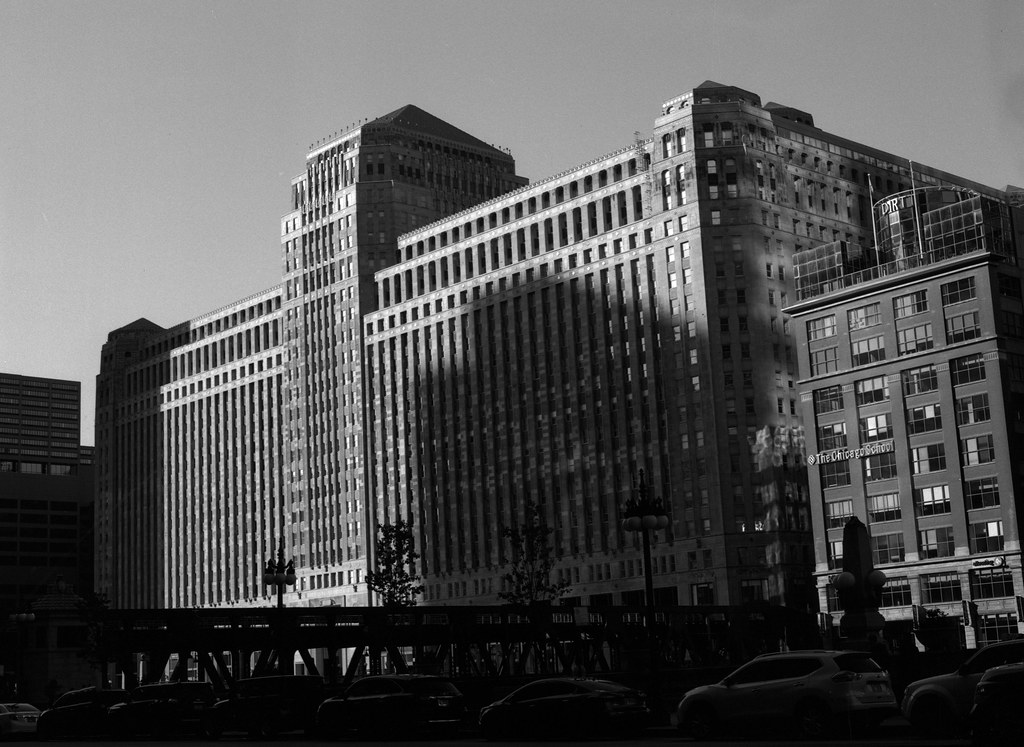

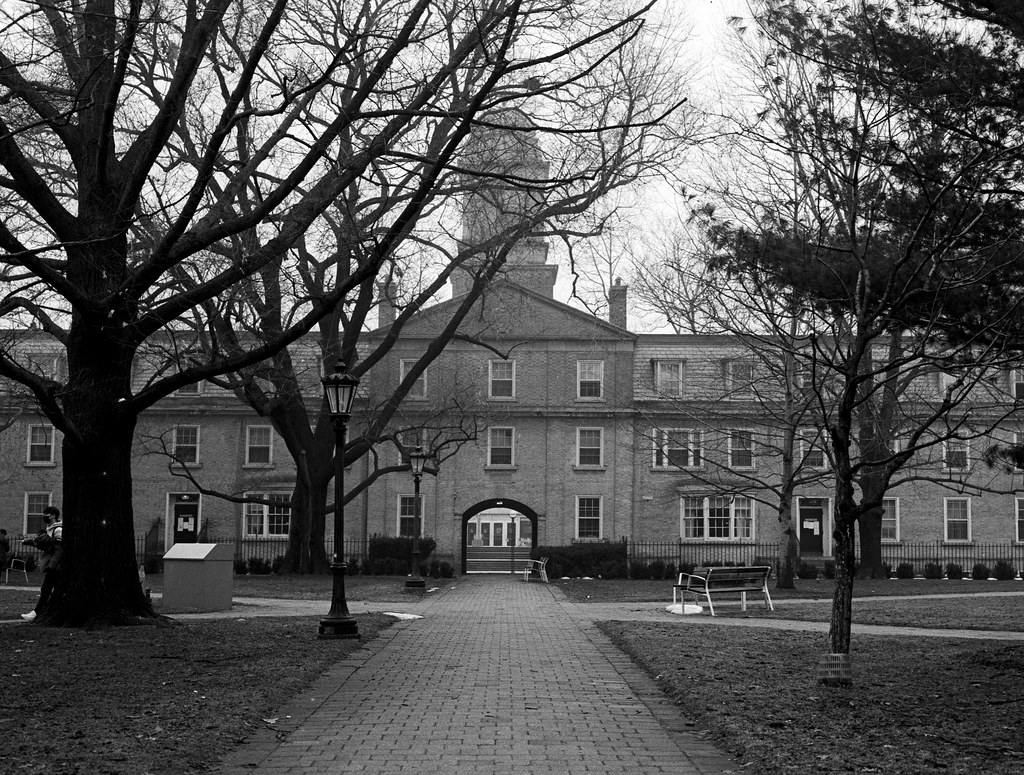
New Favourites from Reviews
When I first started reviewing developers I went with the ones that I had already worked with extensively in the past. But as I moved beyond those I started discovering several new developers many of which quickly became standard in my chemistry kit. And while some are harder to get than others here in Canada, they are now regularly appearing in my film and camera reviews. The first favourite is Adox FX-39 II and if there is a single developer that would if I could get it easier in Canada become my general purpose developer. Another one is Zone Imaging 510-Pyro, I’ve always loved pyro-based developers since I first started working with PMK thanks to the Film Photography Project, but 510 makes using Pyro so much easier with a single solution and far less toxicity than similar pyro developers. The third developer I would throw into this category is Diafine. While Diafine is hard to come by these days, when you do get some don’t let it go because it will last forever. While I don’t use it that often it’s nice to have if I need to get something different to play around with a film’s EI.



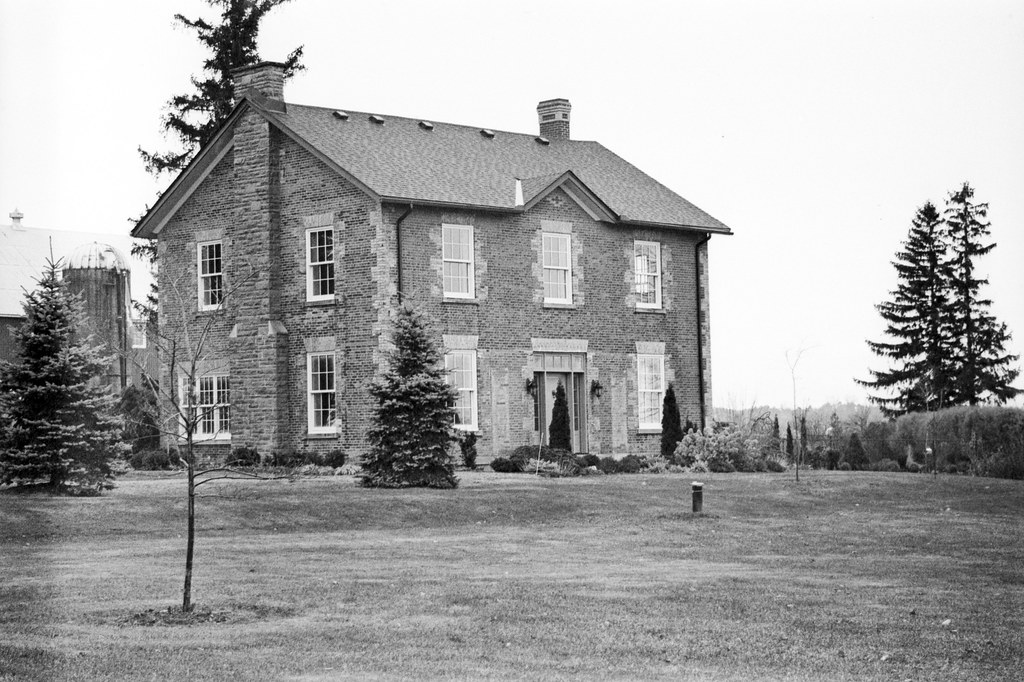


Developers That Surprised Me
There are some developers out there that when you start to judge things by their cover but when you get into them they turn out to produce images far better than you may expect. The first in this category is Formulary D-19, this is a direct clone of the classic high-contrast Kodak D-19. So high-contrast might be a misnomer as it is a fast working developer that increases the contrast of a film stock. Knowing this you can gear your film and lighting choices to make things look good. As a die-hard coffee drinker, developing your film in coffee is always fun. I’ve used Caffenol in the past with good results but I only used one film stock. And while mixing it up is easy, having a pre-mixed kit is nice. What surprised me was having a consistent developing time and excellent results across a range of films. And third is Fotospeed FD10, this developer was an impulse buy from Freestyle, and it certainly surprised me. When I first got it I thought it was a clone of Ilfosol 3, and while they share the dilutions, the times and the results are not the same as Ilfosol 3.
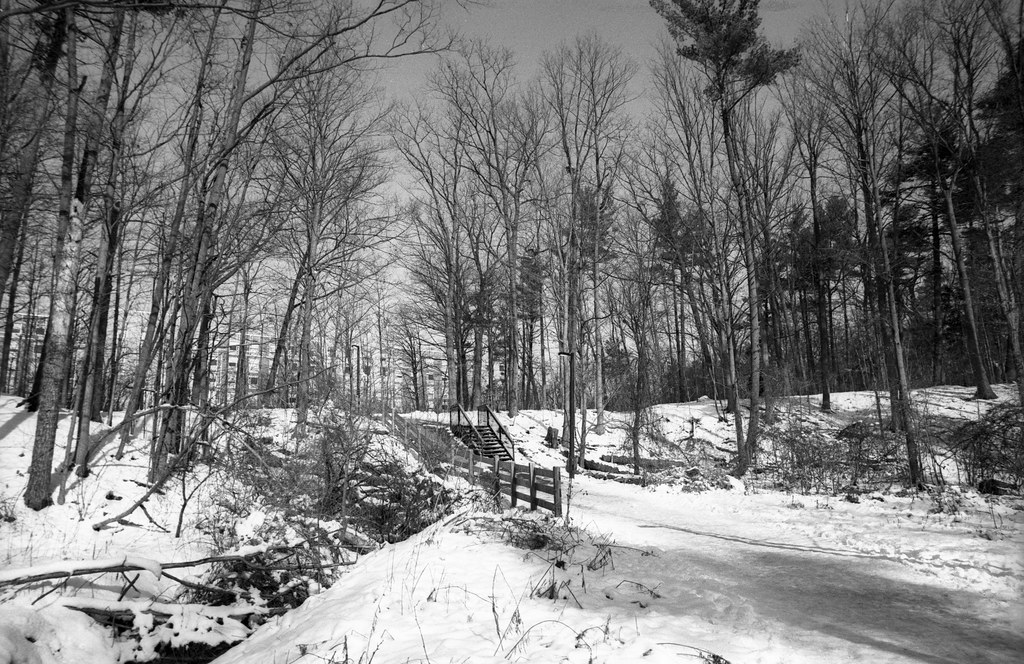
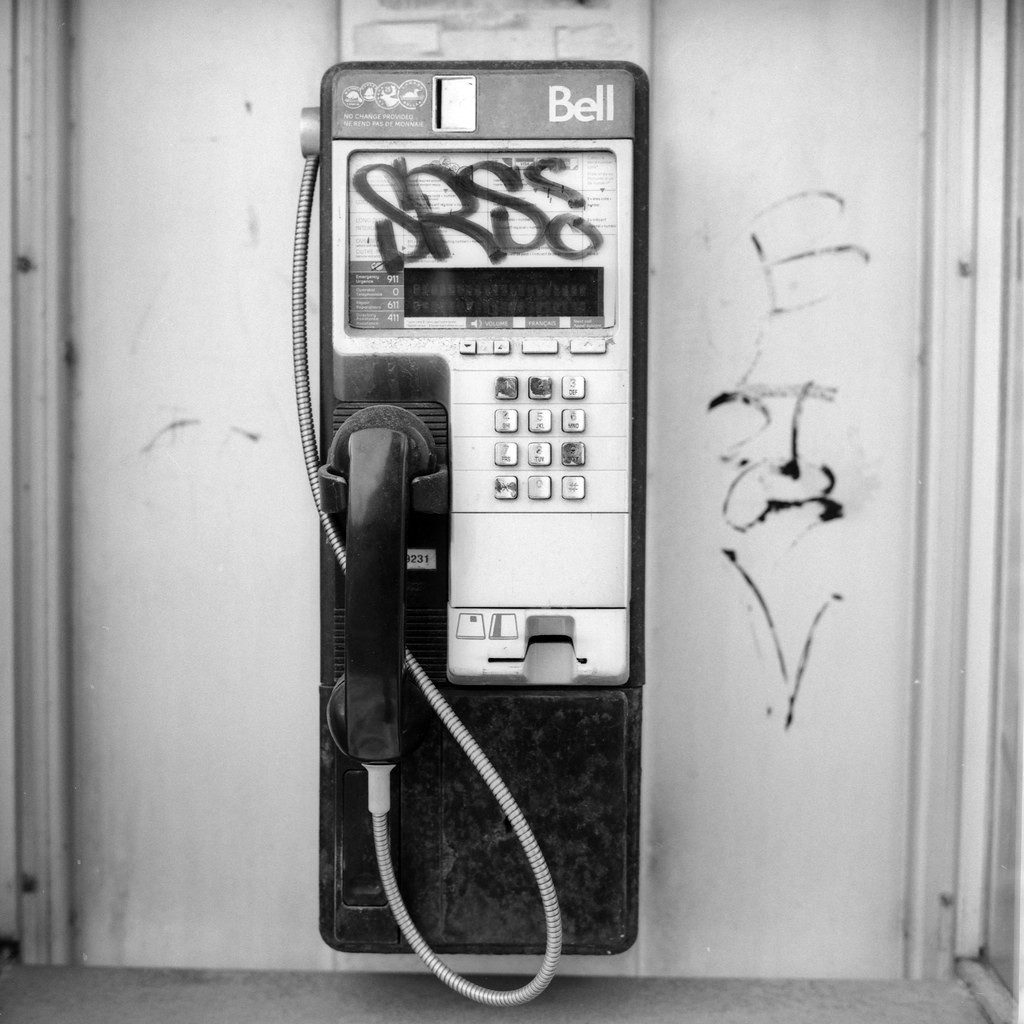


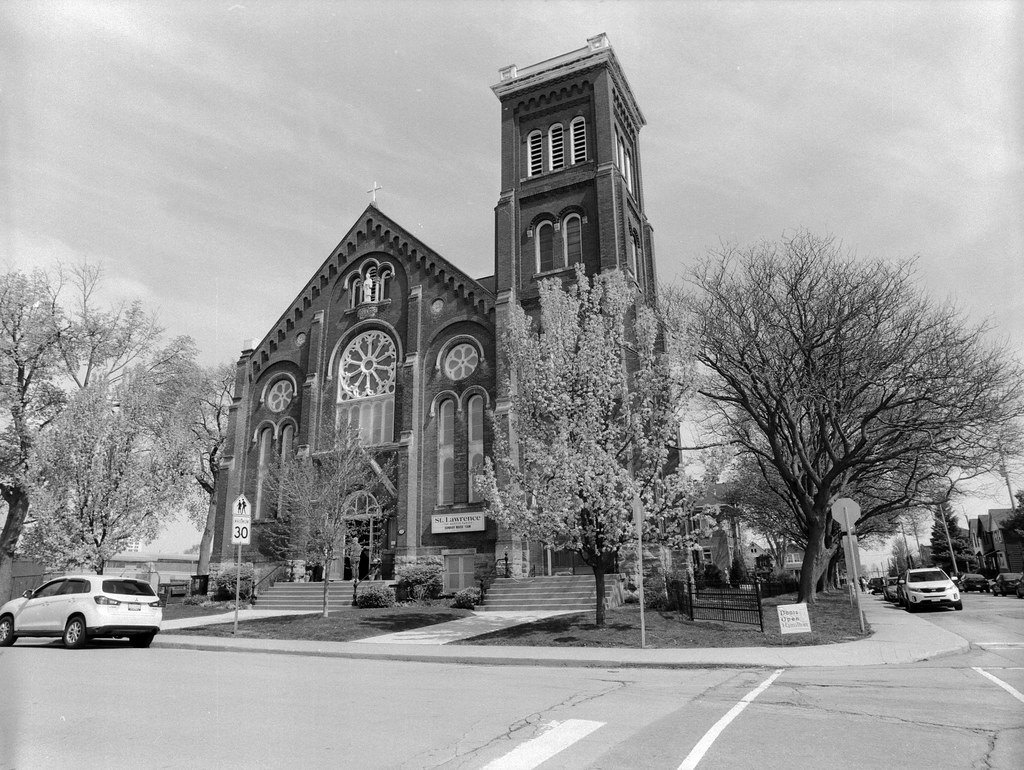

Developers That Disappointed Me
In all fairness, there’s nothing wrong with these developers, they all did a good job and developed the film fine but for other reasons they still disappointed me, and that disappointment is because of the difficulty in finding combinations with films for each. First up is Formulary FX-2, designed to get the best edge sharpness out there which is does hands down. But in some cases it will drive that visible grain. But you do have to look at parallel processing to figure out times and you have to do a weird mixing method to get your two stock solutions. It’s just a weird one. Rollei RLC is disappointing in two ways, first up is the lack of film combinations, second is not having enough concentrate in the bottle to complete a proper review, so I had to get a second bottle. But if you shoot a lot of copy films or even Kodak Tech Pan then this is a great choice for those films, and looking back at the review there was only one roll that disappointed me, but I am not the biggest fan of Rollei Retro 400s. And finally there’s Fomadon LQR, again this is a good developer especally when paired with Foma films, but again you don’t have many combinations outside of the Foma line. But the one thing I realised is that this is a developer designed to work best with a B&W reversal process.




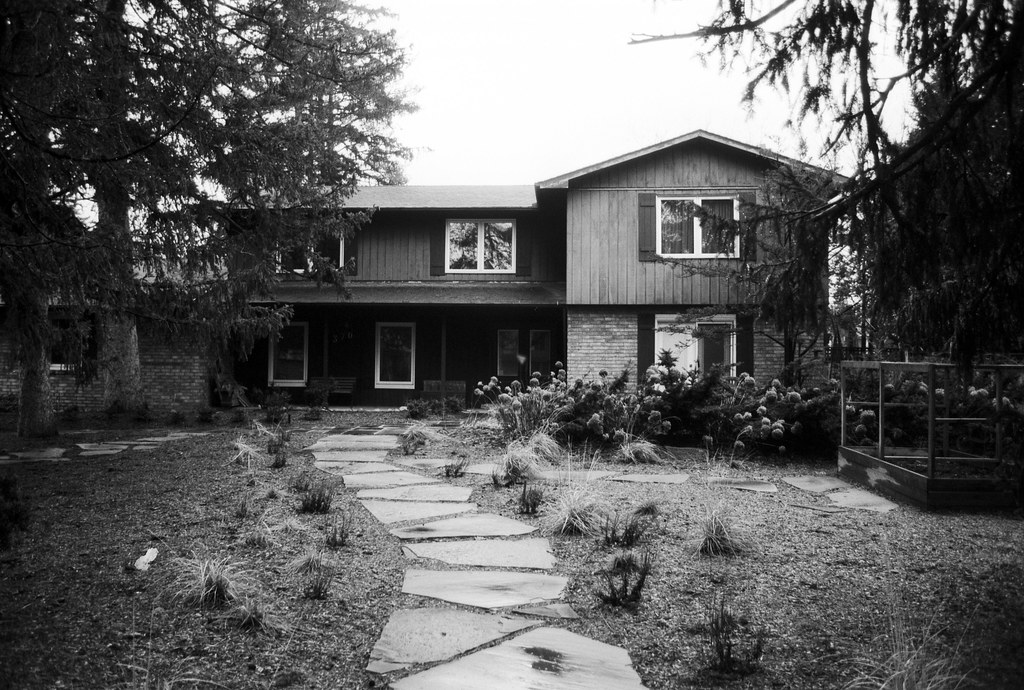

Developers I’m glad I got a second chance with
Now this one I had to fudge a little bit to get into this post as technically two of the reviews have not yet been released. First up is Kodak Microdol-X, when I first reviewed this classic Kodak fine-grain developer I didn’t explore all the possibilities of what it could do! So when I got a chance to review the modern clone, LegacyPro Mic-X I made the point to go beyond the stock dilution and into the 1+1 and 1+3 dilutions not to mention plenty of other film stocks and I was impressed at what this developer could do with both fast and slow films! Next up is Kodak D-19, the second time around is FlicFilm MQ-19 (review due to be released later this year). Again I was limited in what I did with the developer but got the chance to try it out with a bunch of different films that I didn’t include the first time to see what I could get beyond the limited number I got the first time around. And in all fairness I liked D-19 right away especially with what it could do with the 1+1 dilution. And finally there’s Studional, which I reviewed first as Compard R09 Spezial then again as Bellini Foto Hydrofen. Now my review of Hydrofen isn’t coming out until next year, but I wanted to include it. What I wanted to do the most with Hydrofen/Studional is try it with the reusable dilution 1+15 to see if there was any difference between it and the one-shot options. And you know there isn’t which is excellent to see!






I never expected to be able to review this many developers and while I know that this series of reviews will be coming to an end, I’m glad I had the idea to review these chemicals. The main reason is that there is only a handful of these reviews online. I have another set of interesting developers to try out later this year and already planning out what to review next year. And sure I’m not going about this in a scientific manner but my reviews have never claimed to be scientific but rather practical. And most of all I hope to inspire and encourage people to branch out and try something new and different.
D-19 is a great way to develop film in the winter when all my solutions are at blazing room temp of 18 Celsius. It’s especially good with Kentmere 400 at 1+1 and 1+2 to give it some life!
What times do you use for Kentmere?
Hi there Alex, I’ve shot Kentmere 400 at 1600 and developed it in D-19 1+2 for 5 minutes at 20 C (I do Ilford manual agitation of 10s/min), it worked well! New cheap winter combo for the sunlight-restricted months? I think so for me. It was way too dense at 400 in this dilution/time combo. Keep in mind that since I was shooting on my ol’ Zenit camera I was using a phone app for metering. Looking back at my big spreadsheet it seems like I didn’t do 1+1 for Kentmere 400. Huh. My own evidence shows I misremembered.
For Fomapan 400, I did Stock (1+0) for 8 minutes and things were a bit contrasty but surpriusingly useable. I’ll try 1+1 soon.